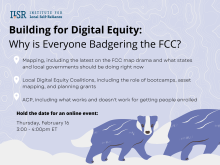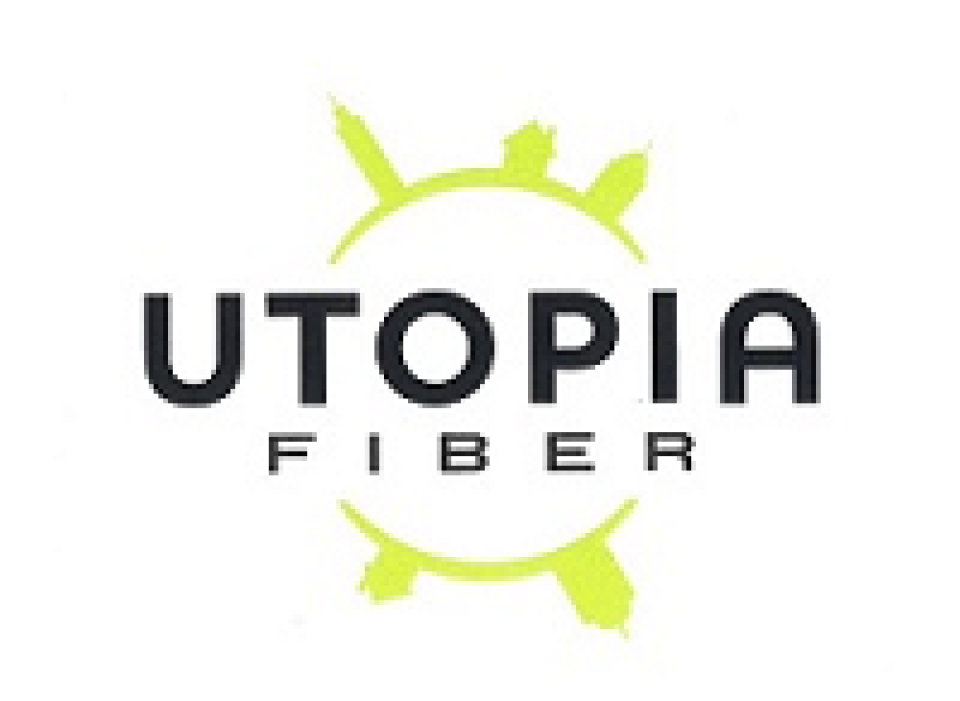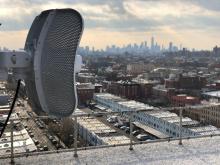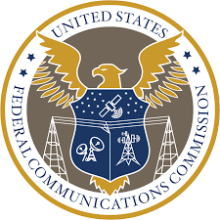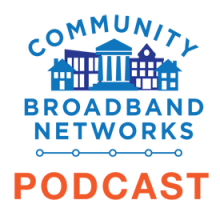Digital Equity LA Summit Pushes CPUC to Ditch Priority Areas Map
As Los Angeles County officials work with community coalitions to improve high-speed Internet access in underserved communities across the region, the Digital Equity LA Summit last week focused on the challenges ahead. Front and center: urging state officials to fix the broadband priority maps the state will use to target where to invest $2 billion in state broadband grant funds with the state months away from receiving over a billion additional dollars from the federal BEAD program.
Organized by the California Community Foundation (CCF) and held on the University of Southern California (USC) campus, the summit brought together hundreds of digital equity advocates, state, county, and city officials; many of whom are part of a broad coalition (that includes ILSR) known as Digital Equity Los Angeles whose mission is to bring “equitable access to fast, reliable, and affordable broadband for every Angeleno.”
After morning introductions, Sanford Williams – Special Advisor to FCC Chairwoman Jessica Rosenworcel – gave the morning keynote address. Williams highlighted his work at the FCC and his new role as chief of the agency’s digital discrimination task force, which is charged with combating the kinds of digital discrimination brought to light by a recent Digital Equity LA study that found higher poverty neighborhoods in LA (which tend to be mostly made up of people of color) pay anywhere from $10 to $40 more per month than mostly white, higher-income neighborhoods for the exact same service.
Recent Success, Future Challenges
The summit started off on a high-note with an overview of the successes coalition members advocated for over the past year, including the formation of a new statewide coalition (the California Alliance for Digital Equity) and, to the chagrin of wireless providers, the veto of a proposed state law (AB 2749) – which Gov. Newsom said, if passed, would “undermine the last-mile grant program by creating additional delays in its implementation.”



